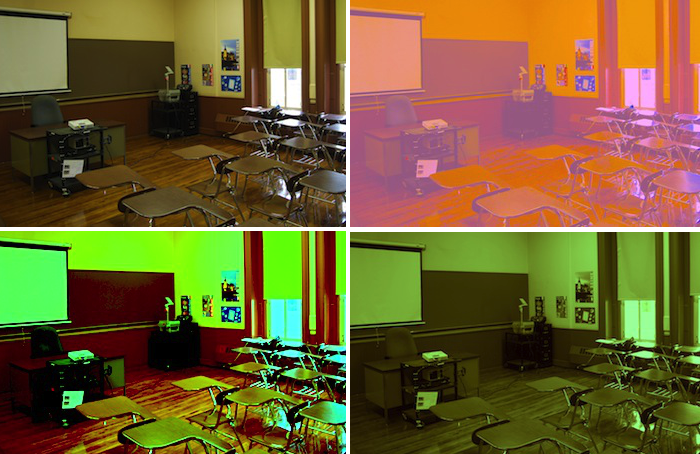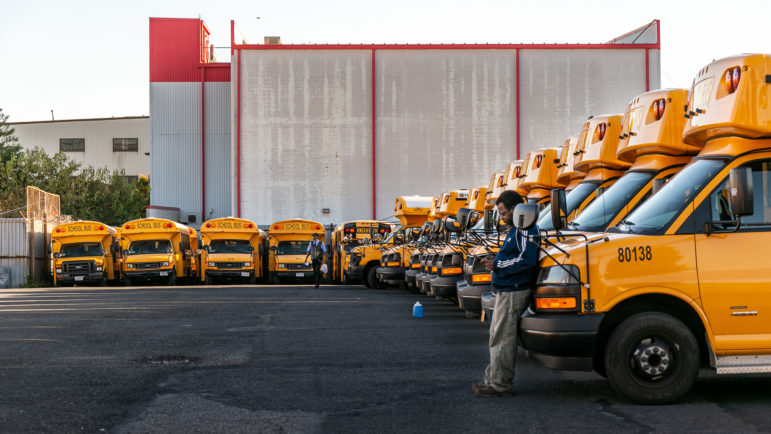
Eric E Castro
“Will the City’s New Schools Contract Reduce the Unequal Impact of Teacher Turnover?” by Patrick Donachie raises important questions about the availability of high quality teachers in every classroom.
The simple truth is we have an inadequate number of teachers in New York, with some indicators showing we might have even more problems in the future. But the issue is more nuanced than the common portrayal of a statewide, across-the-board teacher shortage crisis. Any effective solution must begin with a more accurate understanding of the problem.
At the Rockefeller Institute of Government, the State University of New York’s public policy think tank, we’ve undertaken a multi-state teacher supply and demand study. The number of teachers working in New York classrooms grew steadily from 2000 to 2008, and then decreased dramatically from 2008 to 2013. Although the number of teachers has grown somewhat since then, it remains true that there are fewer teachers in New York today than in the year 2000. But that itself does not mean there is a teacher shortage. At the same time, student enrollment has steadily declined statewide from 2.85 million in 2000 to 2.65 million in 2016, so there are 200,000 fewer students in our schools. Projections to the year 2025 show this trend continuing, with steady decreases in the number of students throughout the state for at least the next seven years.
The data show overall student-teacher ratios in classrooms improving over the past five years, dropping from 14.4 to 1 in 2011 to 13.9 to 1 in 2016 in New York City and from 11.3 to 1 to 11.2 to 1 in the rest of the state. Both rates are significantly lower now than in previous decades.
That’s not to say everything is fine. It’s not.
Although our recent report on New York’s teacher workforce found no evidence of a wide-scale statewide shortage, we did find localized and more pronounced specific problems. First, there are serious teacher equity problems in low-income school districts in communities of color. Second, the state continues to face shortages in certain areas of specialization.
Low-income schools in communities of color have a vastly different experience than many other schools in the state. In poor schools in communities of color across New York, significant teacher staffing inequities exist. School districts with high child poverty rates and disproportionately high minority student populations are more likely to have teachers teaching out of their certification areas, have many more inexperienced teachers, and have higher rates of annual teacher turnover, all of which raise concerns of lower-quality instruction and greater instability in the school. These schools also have higher student-teacher ratios in elementary classes compared to their more affluent and less-minority counterparts.
Unfortunately, this is not a new problem for schools in these communities; many of these inequalities have been present for decades. If these districts continue to lack the capacity to recruit and retain the teachers they need, these problems will only get worse.
We see other red flags when studying teacher supply, too. For example, New York has experienced a 39 percent drop in the number of individuals enrolling in and graduating from teacher education programs. This could foreshadow future shortages if the drop in the supply of teachers outpaces the anticipated continuing decrease in student enrollment. And there are gaps between subject area specializations of recently trained teachers and the current distribution of teaching jobs in New York: the share of teacher preparation graduates in mathematics, science, English, and social studies is less than the share of classroom instructors currently teaching in those critical fields.
Hyping the issue as a statewide shortage does more damage than good, masking where the real problems lie – problems that need real fixes. So, what do we do about it? Broad policies will not solve the problem. We need targeted programs that focus on closing the equity gap and aligning subject matter specialization to available jobs.
The differential compensation program just agreed to in the New York City contract is one way, though it remains to be seen if increased compensation in these schools will move the dial or if other factors drive the equity gap. It’s an open question whether marginal increases in compensation drive behavior.
There have been other targeted programs enacted in New York to close these gaps, such as college scholarships for individuals who become STEM teachers, expanding the state’s successful Master Teacher professional development program to focus on schools with teacher equity gaps, and laws to better understand how individual schools are funded within the district. Whether these adequately address the problems of supplying experienced, properly specialized, and long-term teachers to our most needy schools remains to be seen, but it’s the right kind of targeted approach.
Great teachers make all the difference, and our data pinpoint where they are most likely to be lacking. Hopefully, targeted policy solutions will be crafted to close these equity gaps. If we only address the problem broadly, we’ll find ourselves perpetuating longstanding imbalances instead of correcting them.
Jim Malatras is the president of the Rockefeller Institute of Government.
City Limits is a nonprofit.
Support from readers like you allows us to report more.










One thought on “CityViews: Focusing on the Wrong Teacher Shortage Crisis in New York”
Your recomendations are incorrect. The issue is not lack of great teachers, rather the issue is lack of discipline and control over the students. I have worked in many districts and the biggest difference between the successful and unsuccessful districts. Successful students do not allow a few bad students to derail the other students who want to learn. The misbehaving students are removed from the room and put into a suspension room or are on home suspension. Schools that performed poorly are run by the students who misbehave. There is little to no adult control. This situation bleeds into the rest of the school population. Also, the leadership out side of the school building is abysmal. What I just outline is the problem. Dont be fooled by the article. Socrates wouldn’t be able to teach in many schools in nyc because many students have terrible behavior and absolutely no respect for themselves and their fellow humanbeings. We are raising a generation of cruel, anti-intellectual humanbeings. God help up